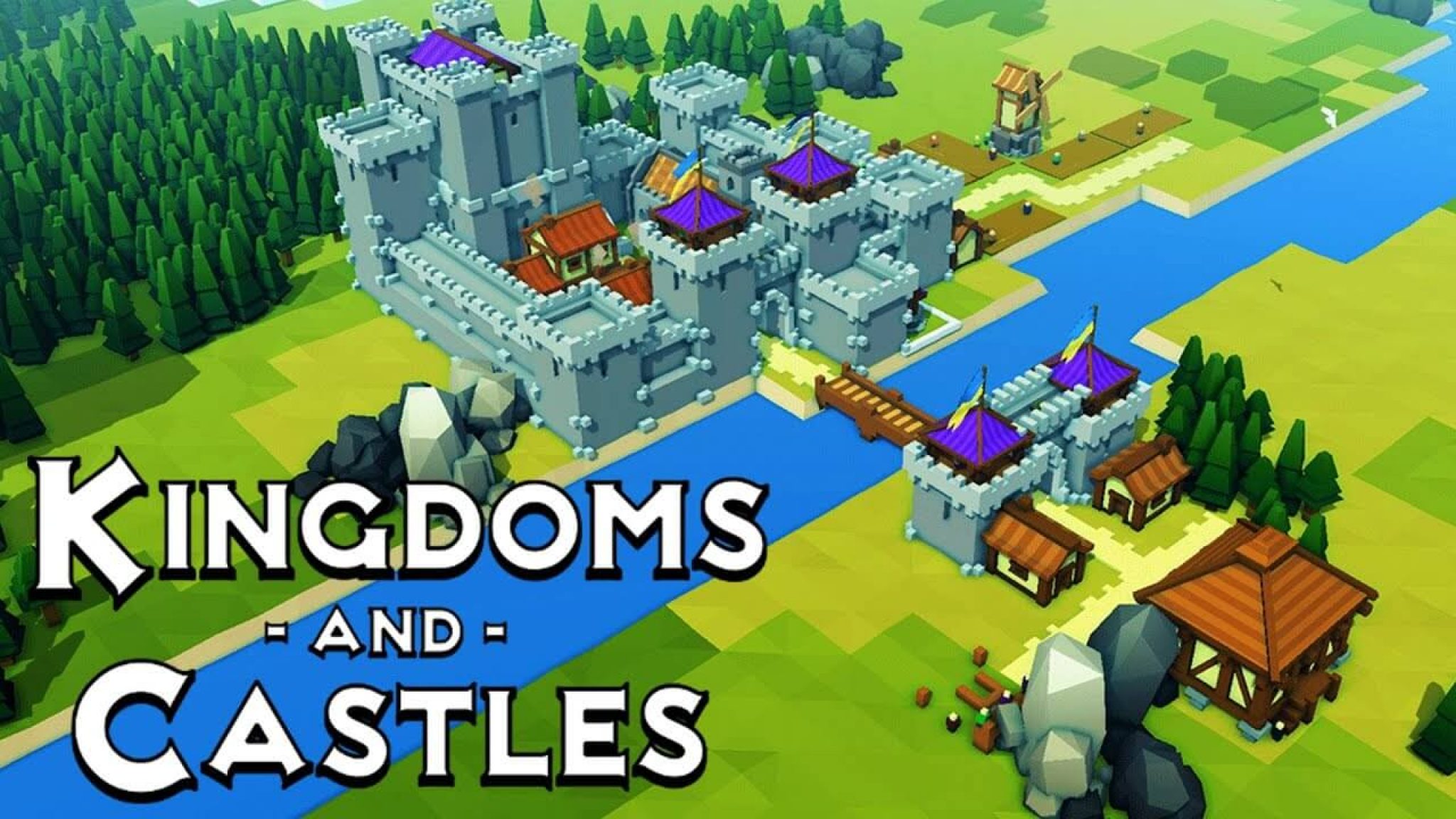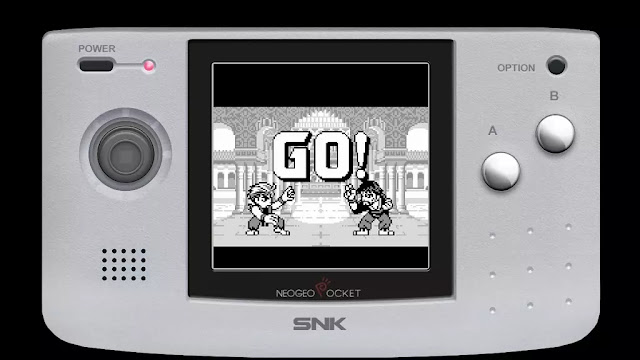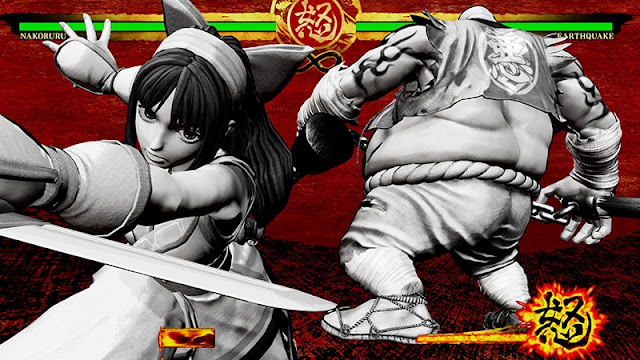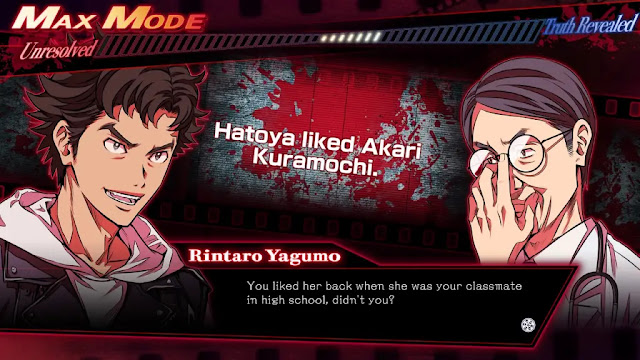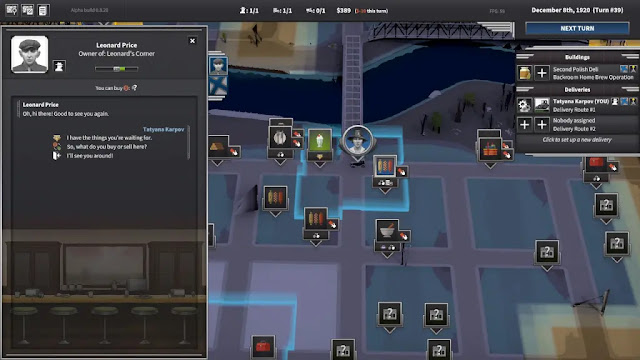Neo Geo Pocket Color Selection Vol 1 by developer and publisher SNK Corporation—Nintendo Switch review written by Nick with a copy provided by the publisher.
Estimated reading time: 6 minutes
Neo Geo Pocket Color Selection Vol 1 is a fantastic offering from the fondly remembered but short-lived Neo Geo Pocket Color handheld gaming platform. There is a nice variety of titles with ten games included, and while I had played most of them at one point or another in the past, there were a couple of titles that were new to me as well.
This competitor to the Game Boy Color hit North America shortly before the turn of the century. The quality of the titles was generally quite high, but with just shy of a few dozen games released for it, the Neo Geo Pocket Color had a very short shelf life as it was out of production about a year later.
There is a somewhat heavy focus on fighting titles, as those were all the rage back then and SNK has always had a sweet spot in that genre with long-running series such as King of Fighters and Samurai Showdown. In terms of the fighting titles, you have King of Fighters R-2, Samurai Showdown 2 (still one of my favorite fighting games of all-time), SNK Gals’ Fighters, The Last Blade: Beyond the Destiny, Fatal Fury: First Contact and SNK vs Capcom: The Match of the Millennium. These have all seen individual re-releases of late, and there is a ton to like here if you are fans of the genre.
These titles were generally based on the popular arcade machines. So while titles like Samurai Showdown 2 ate many of my quarters, as was often the case during the late 90’s, these arcade-to-console ports were usually a step backwards. Putting the games on a handheld system with less horsepower had a tendency to make those compromises even more noticeable, but honestly? They still worked pretty well. If you needed some side-scrolling Fatal Fury brawling on the go – this was a pretty enjoyable way to go. While Samurai Showdown 2 was obviously not up to par with its arcade counterpart here, it’s unique weapon vs weapon style of play held up decently then on the portable platform, and I still enjoy it today in bursts.
One thing that stands out however, is that the original platform only had two face buttons. For those used to fighting games having four or six buttons (more of a concern with 1-on-1 fighting games than beat-‘em-ups). This can make them feel a little strange to play if you are more accustomed to modern fighting games, but they still work very well.
SNK’s fighting games hold up pretty well here and if you are a big fan of the genre? That alone probably makes this collection worth taking a look at. That being said, there are four more titles in this collection that haven’t seen individual release for the Switch and need to be discussed. Metal Slug 1st Mission, Metal Slug 2nd Mission, Big Tournament Golf and Dark Arms: Beast Buster 1999 help to round out this collection of ten games. While I am very familiar with the Metal Slug games, both Dark Arms and Big Tournament Golf were completely new to me and I was looking forward to delving into these titles for the first time.
Dark Arms: Beast Buster 1999 is probably the most unique of the entries here, as it is an action-RPG with a horror setting. The RPG elements are a little light, in that the focus is less on improving your character and instead building up an arsenal of steadily improving weapons. Instead of character experience, you harvest souls and parts to build them out in a variety of ways. It sort of reminds me a title like Monster Hunter in that sense. There is a layer of exploration tied to a day/night mechanic that makes this a very strange but interesting addition to the collection.
Equally unique to this collection is Big Tournament Golf. It’s a much more arcade-style of sports game. If you had a chance to play it, it’s a slightly watered-down version of the Turf Masters game. If you’re unfamiliar with that one, it’s more Hot Shots Golf than Golf Club or an EA simulation style game. There are a half dozen characters with their own strengths and weaknesses that can play on a trio of different international courses (US, Germany and Japan) with a few different mode variations. Like Dark Arms, Big Tournament Golf is a really unique addition to this collection, but again one that works well to add some variety to the mix.
Last and hardly least, the two Metal Slug games are spun off from the primary series that people have no doubt seen on other consoles in the past. These are action-heavy shooting games with some side-scrolling / platforming elements. I’ve always loved this series, and these First and Second Mission games bring that same kind of action intensity to their smaller screens. One of the more interesting aspects of these games is how alternate routes through the stages can be opened up. These games are charming and a lot of fun. The visuals are impressive though I did run into some slowdown at times when there is a ton of activity on the screen at once. That’s likely truer to the original games and why it’s still happening here, but it’s a little annoying when it comes up given how far video games have come. While both games are enjoyable, Metal Slug 2nd Mission is clearly the superior game. The bones of the two titles are similar, but more power-ups and variety in the game make it the superior experience.
In looking at the collection as a whole, I like that this isn’t just a straight port of ten games – there are some additional bells and whistles worth noting. There are some different visual filters (black and white, or New Geo Pocket view), both English and Japanese versions of the games, a Rewind feature, save states (these last two are wonderful quality of life features that have become fairly standard in collections like this now but still very welcome), and a sort of virtual / museum vie that lets you look at a digital representation of what the physical game looked like. There are a few different border options to frame the small screen on what is likely a large wide screen television in your living room.
Summary
Neo Geo Pocket Color Selection Vol 1 is a fantastic selection of games, even if it does tilt a little heavy towards the fighting side of things. Given that the title has ‘Vol 1’ in there, I wonder if we’ll see one or two more of these collections (the Pocket Color had 31 games released for it). Assuming you haven’t already picked up all of the previously released fighting games, this is a very worthwhile collection for old school gaming enthusiasts.
Score: 7.75 / 10







